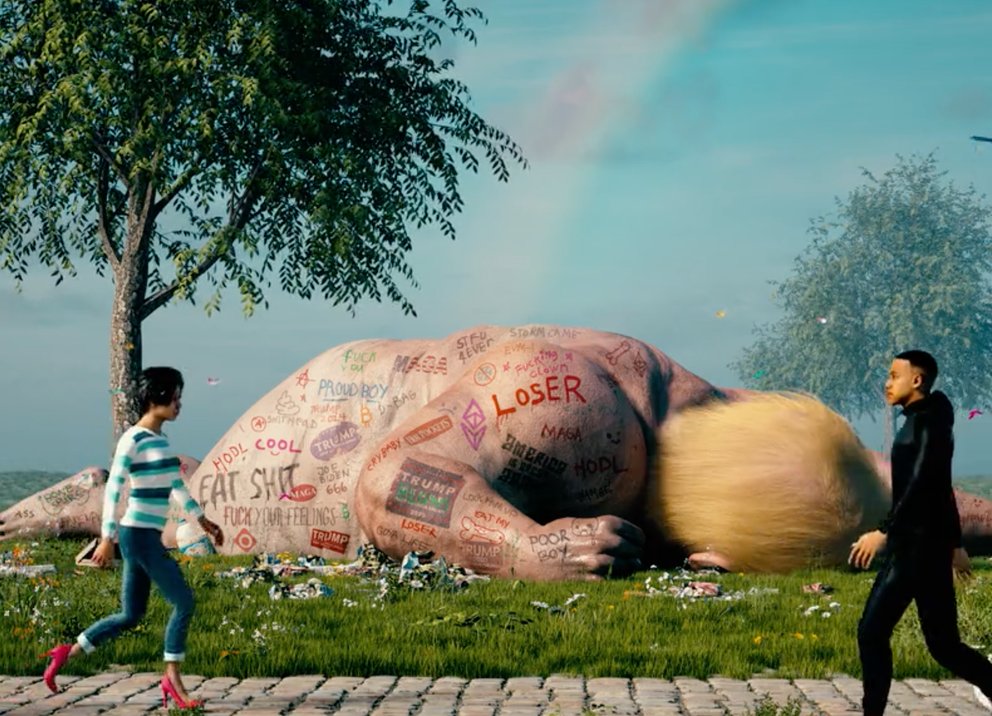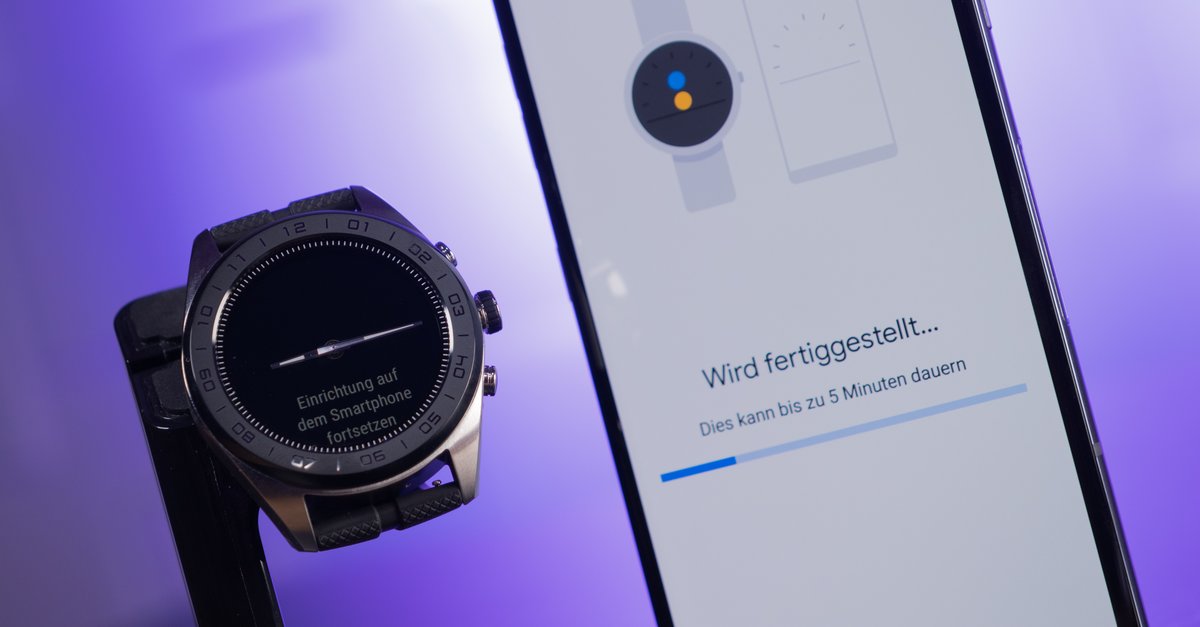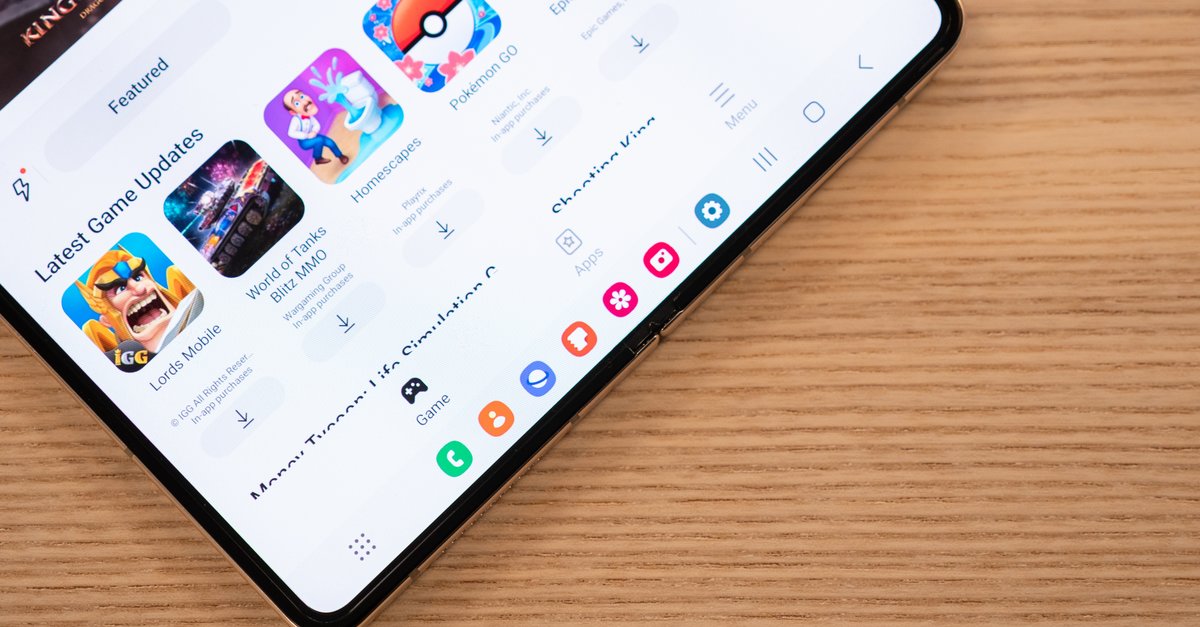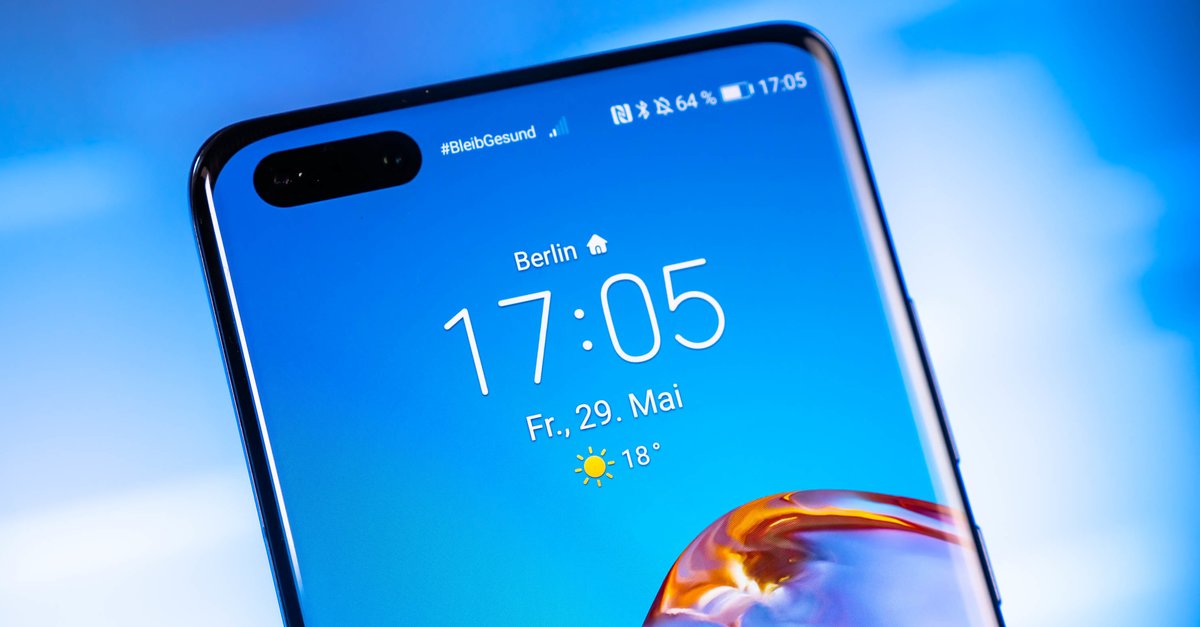NFT: What does the abbreviation stand for?
Are you interested in the topics of blockchain and cryptocurrencies? Perhaps you have already come across the term “NFT”. But what does NFT actually mean? The explanation for this is quite simple. Whether the hype is justified and for whom NFT is worthwhile is the really exciting question that GIGA editor Biagio has dealt with.
Hand on heart: The subject of blockchain and cryptocurrencies can be incredibly confusing. On the one hand, this is due to the thematic proximity to the stock exchange, which nobody really understands either. On the other hand, you are often given keywords that are not explained.
This is also the case with NFT. I did research on the subject and many hours – and headache pills – later, I get it now … I think. I would like to send you a warning in advance: It will be absurd.
Let’s start with the basics.
Contents
What are NFT?
The abbreviation NFT stands for Non-fungible tokens. Anyone who had Latin at school or who likes to eat pizza funghi at the Italian restaurant on the corner could now try to derive something from it: Something with mushrooms. Or just non-mushrooms.
Wait a minute
No, NFT has nothing to do with food.
NFT, or non-fungible tokens, are unique tokens that cannot be exchanged one-for-one for an equivalent token. A 5-euro note, for example, would be a fungible token, as it can be exchanged for any other 5-euro note. Or, if we want to stay in the crypto context: 1 Bitcoin can be exchanged for the equivalent of another Bitcoin.
How do NFT work technically?
Basically, NFTs are nothing more than part of the Ethereum Blockchain (ETH). Ethereum is currently the second most valuable cryptocurrency after Bitcoin. NFT are on the Ethereum blockchain, but have a few extra features to distinguish them from Ethereum coins. NFT are also not Ethereum exclusive. There are already other blockchains that make their own NFT.
What can be mapped as NFT?
Short answer: everything.
Long answer: The useful application possibilities of NFT are still being explored. However, there are currently a number of uses that have become established.
NFT can be, for example:
- (digital) works of art
- Trading cards
- Game items
- music
The art scene in particular quickly proclaimed NFT as a new savior. After all, at first glance, NFTs solve a major problem of digital art. A digital image can be reproduced any number of times and remains identical and interchangeable (fungible, you remember). However, if a digital work of art is displayed as an NFT, it is unique and therefore also as a Collector’s item Interesting. It’s a bit like an art print. This is initially fungible. But if the print is signed by hand, it will unique.
In theory it sounds very useful at first. But a quick look into reality is enough to discover the first absurd application examples.
A tweet for $ 3 million
Twitter founder Jack Dorsey recently launched his first Tweet sold for just under $ 3 million as an NFT. Wow, someone has bought a piece of world history. For centuries to come, people will be able to see exactly and exclusively from this NFT that it was cool to write terms without vowels in 2006.
3 million is quite a bargain when you consider that now nobody can just come along and, let’s say, take a screenshot of this tweet and … wait a second – I … I just got a screenshot of it made? Looks exactly like the tweet someone spent 3 million on! And from here it can get a little confused for many of us.
NFT: The question of exclusivity
The exclusivity of a physical work of art like Da Vinci’s “Mona Lisa” is clear. The original hangs in the Louvre, is unique and priceless. We could take a photo of it (without the flash!) Or buy a print and it would in no way detract from the value of the original.
With snapshots or prints, the difference to the original is also clear to our senses. If a GIF or meme is saved, however, we have an exact copy of the original.
This “girl faces a burning house” meme recently sold for $ 500,000 as an NFT. We can, however, experience it with our senses completely free of charge and find it just as funny or uncomfortable as the original. Why does someone spend half a million dollars on it?
It cannot be due to the image rights, because these remain with the original owner even when the NFT is purchased. It also means that owners can sell as many copies of this meme as they want as an NFT.
What you actually buy is a exclusive entry on the Ethereum blockchainthat is linked to a physical or virtual product.
Is NFT worth it for me?
NFT gives artists the ability to monetize their digital creations more easily. In addition, NFTs can be configured so that the original owner receives money every time the NFT is resold. Music creators are hoping for a new distribution opportunity. An NFT song could be uniquely identified with each share and generate royalties for the artist.
Things are a little different for collectors. This is where the rules of the market apply, which also apply to the normal art trade in physical objects. Do I trust that the value of my NFT will increase in the future? Then I should grab it. Maybe this video is from Beeple, which changed hands as an NFT for $ 6.6 million, will be worth twice that in a few years.
who $ 20,000 Paid for a video clip by YouTube star Logan Paul as an investment, but he also has to trust that Paul will not frantically sell further copies of the freely accessible videos as NFT. Whether Paul, who among other things earns his money by capturing suicide victims in a Japanese forest on camera and publishing them on his channel, is so greedy for money, no one can of course predict with certainty. The bottom line is that NFTs are another form of speculative capital goods, the value of which depends on many different factors. Due to the hype, they are currently primarily a playground for the ultra-rich, who can show off their trophies.
Pretty creative – the strange cryptocurrencies in ours Video:
Where can I buy NFT?
There are already several large marketplaces dedicated to buying and selling NFT. One of the largest platforms is OpenSea. Here you can buy everything from art to trading cards to memes at NFT. Rarible is also a large NFT marketplace run by a dedicated community.
How harmful are NFTs to the environment?
Cryptocurrencies have been one of the largest for years CO2 drivers der Welt and NFT are no exception. In order to create an NFT, Ethereum has to be “mined”. Estimates According to the results, a single NFT produces around 90 kilograms of CO2 – as much as an hour on a plane.




